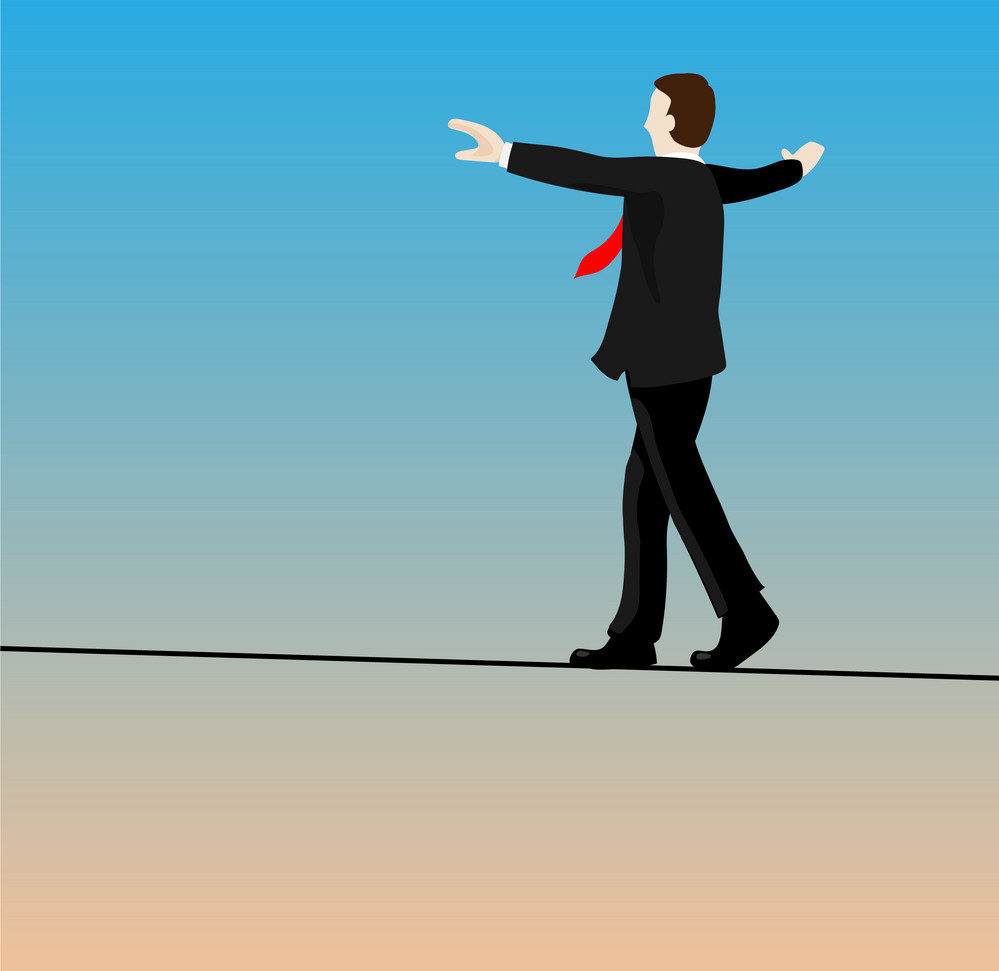In a recession, marketers must remember to stay flexible and adjust their strategies and tactics on the assumption of a long, difficult slump. But even during a recession, new products have an important place. Firms need to stay agile enough to respond quickly when the upturn comes by having an innovation pipeline ready to roll-out on short notice.

Image source: vectorstock.com
In past recessions, we learned that most consumers will be eager to try a variety of new products once the economy improves. But if companies wait until the economy is in full recovery to ramp up, they’ll likely lose share to better-prepared competitors. Ultimately, this is a tough line for companies to walk, but through experience, we’ve found that the following strategies can help firms strike a balance between scaling back and innovating:
- Remove under-performing brands. When faced with declining demand, marketers should continue to reduce excessive complexity in product lines that feature too many marginally performing sizes and flavors or trivial differences among product models. Overly broad product lines soak up marketing costs and tie up resources and working capital in slow-moving inventory. However, streamlining the product portfolio does not mean shutting down the innovation pipeline.
“Innovative improvements to core products will grab attention and motivate purchases, particularly of expendable goods and services.”
- Develop a “fighter” brand. While premium-brand market leaders shouldn’t move their brands down-market, they can introduce a “fighter brand,” or a lower-priced version of the premium offering sold under a different name and backed by minimal advertising. For example, on the heels of the 1991–1992 recession, Anheuser-Busch introduced its Natural Pilsner brand, priced lower than Budweiser; likewise, Miller launched value-priced Colders 29. Further, during the early 1980s downturn, Procter & Gamble developed Banner as a cheaper alternative to Charmin. When the recession ends, the fighter brand can either be quietly withdrawn or continue as a value entry in the overall product line.
- Position for recovery. If history is a guide, after recessions consumers’ attitudes and behaviors return to “normal” within a year or two. The more prolonged a recession is, the greater the possibility that there will be permanent changes in consumers’ attitudes and values. The current COVID-19 outbreak is especially severe, and consumer confidence and trust in business are at record-breaking lows.
The Bottom Line
Discipline around marketing strategy the research marketers develop during the outbreak — as well as the ability to respond nimbly to changes in demand — will continue to serve firms when the economy recovers.
Looking for more strategic foodservice insights around the Covid-19 crisis? Contact us to learn about a special program that helps manufacturers protect their business during this unprecedented time.
Note: Large portions of the ideas in this blog were sourced from “How to Market in a Recession” from the April 2009 issue of Harvard Business Review, written by John Quelch and Katherine E. Jocz.

Recent Comments